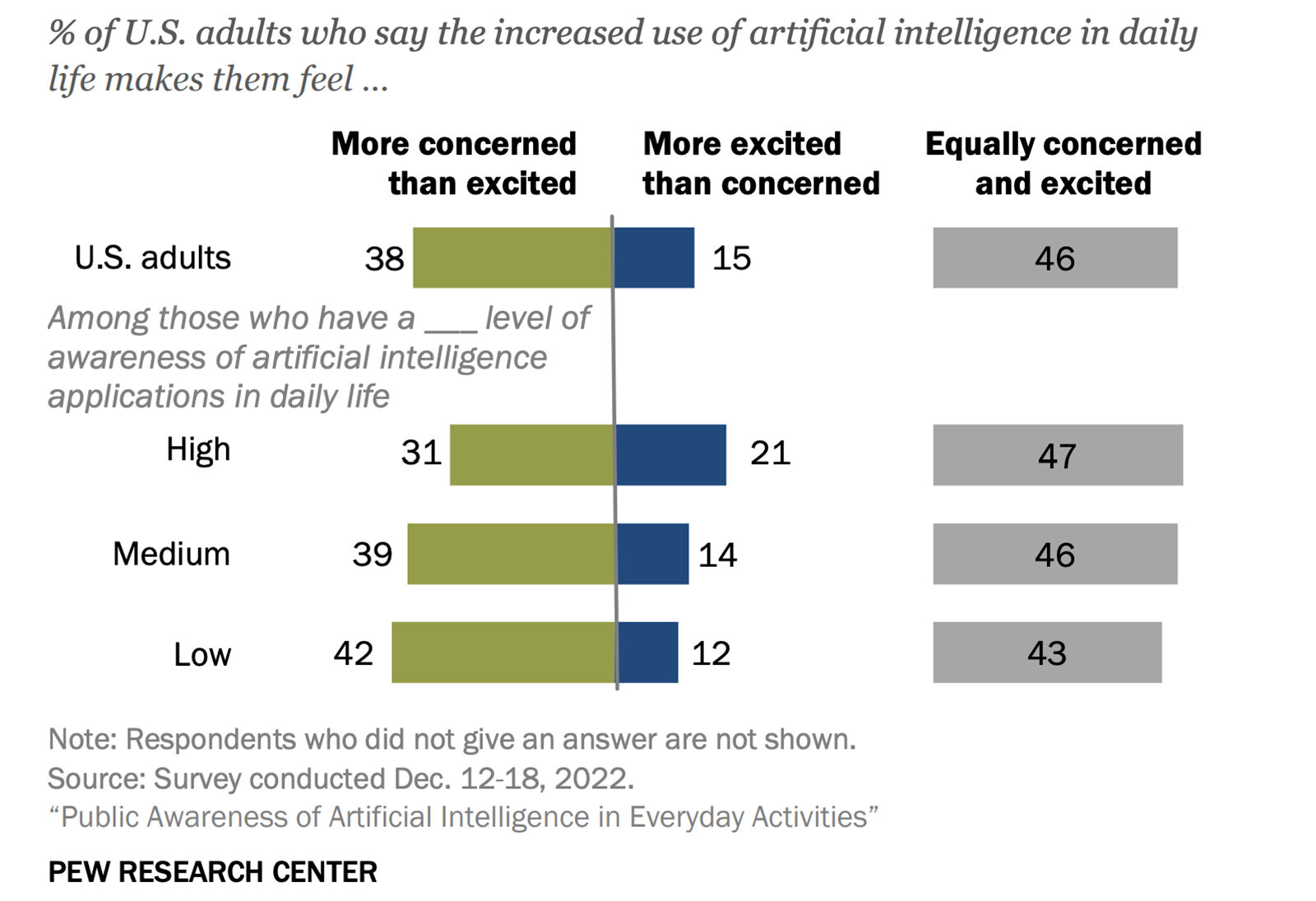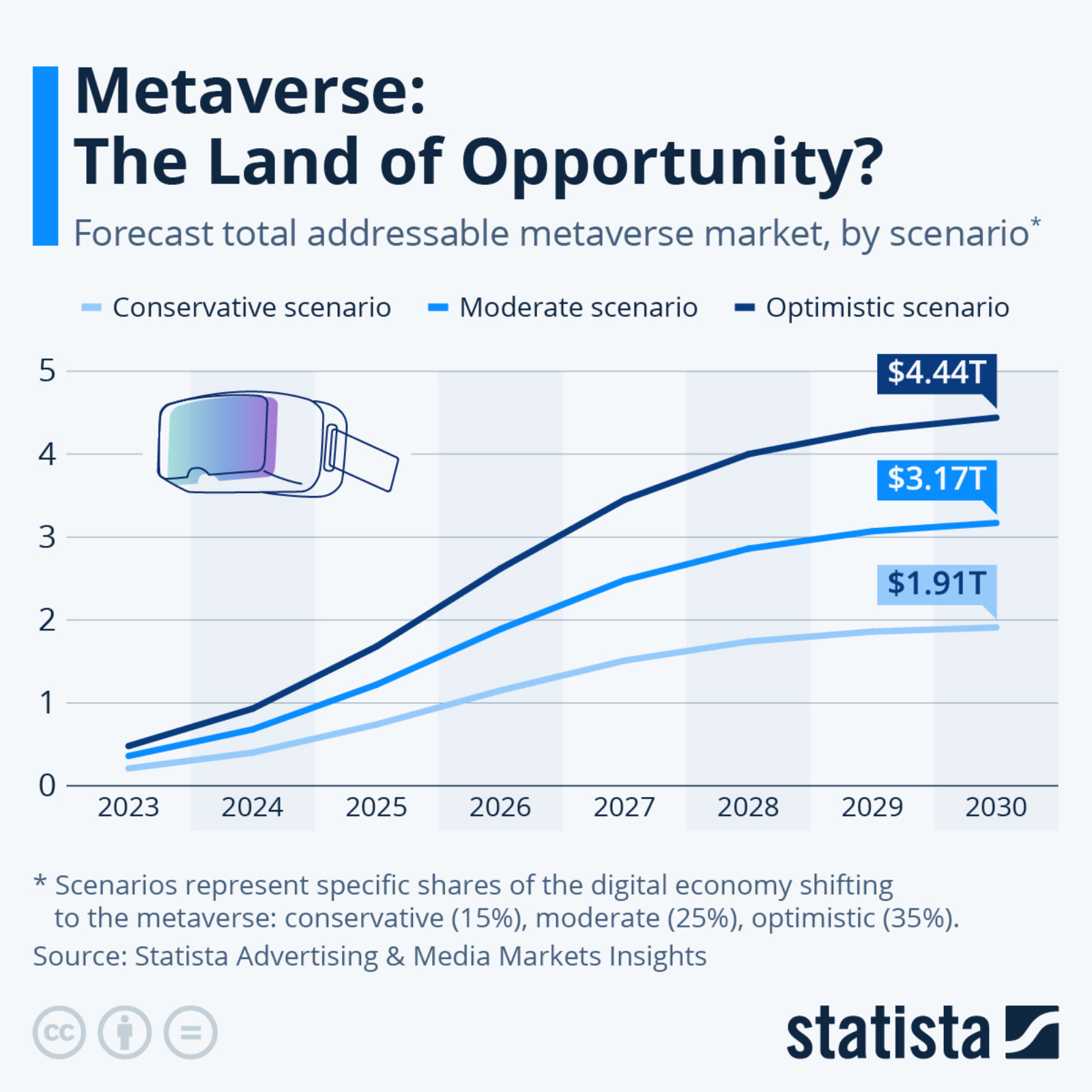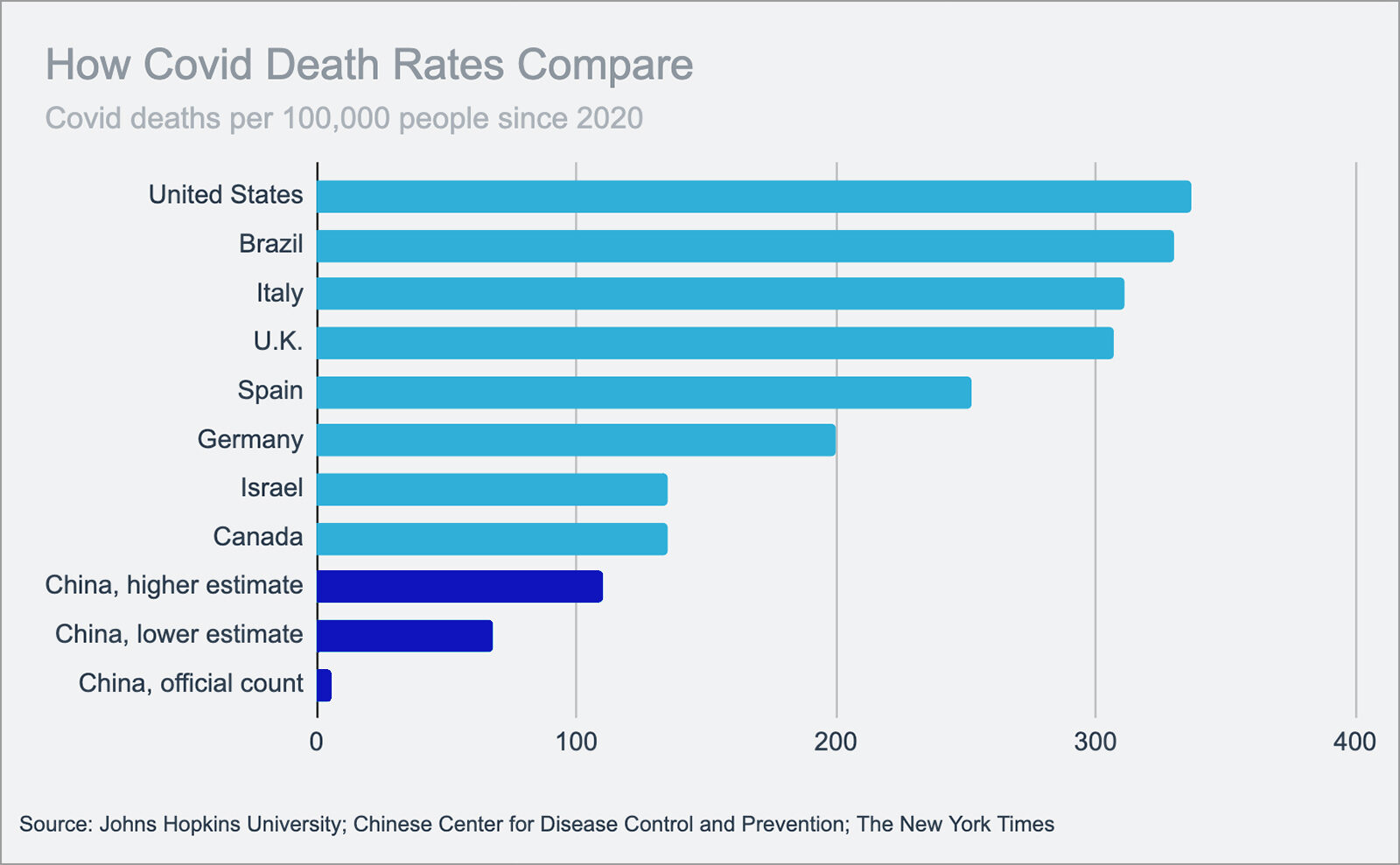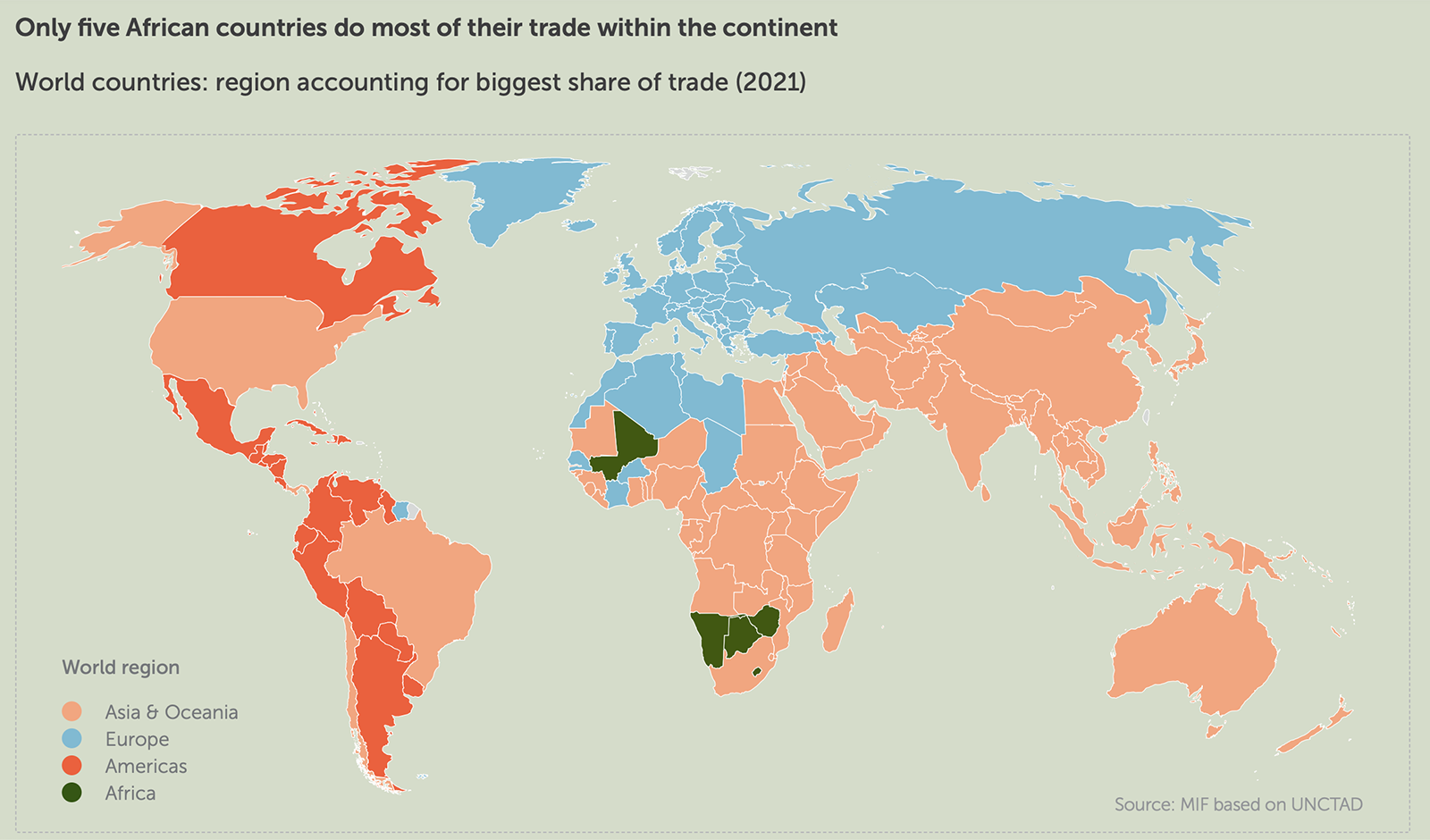Satellite Data Show Importance of Global Plastic Reform
Every year, an estimated 8 million tons of microplastics flow into the ocean. According to analysis from the University of Michigan, concentrations of microplastics in the ocean grow and shrink depending on the time of year.
Using data from NASA satellites, researchers found two particular areas with high concentrations of plastics. The Great Pacific Garbage Patch between Hawaii and North America, for instance, grows and peaks in June and wanes in January. The opposite is true for the South Atlantic, South Pacific and Indian Oceans — where the concentration of microplastics grows during the months of October through December.
The ebbs and flows of concentration are a result of undersea currents that move the plastics from one place to another. Asian countries like China, for example, produce a higher amount of plastics than the West. Plastics that flow into the South China Sea and into the Pacific affect the entire ocean ecosystem. This illustrates the need for a truly global paradigm shift, and in response, some companies are limiting plastic production by turning toward alternatives like algae.





